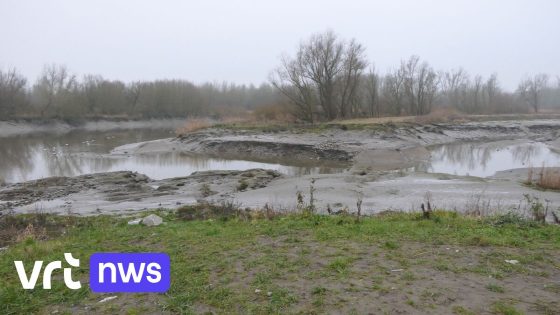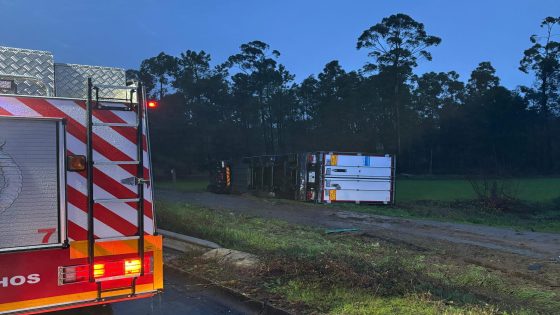In Temse, Belgium, efforts are underway to tackle the nuisance of knijten (biting midges) through a temporary initiative. The project aims to enhance local ecosystems while addressing environmental concerns. How will these changes impact the area’s wildlife and residents?
- Temporary measure for nature development
- Balanced ecosystem reduces insect populations
- Reed roots enhance habitat attractiveness
- Construction includes detours for pedestrians
- Completion expected by April 2025
Temporary Measures in Temse Target Biting Midge Problem
Could a healthier ecosystem be the solution to our insect woes? In January 2025, work began in the Klein Broek area of Temse to restore habitats that have been affected by sediment buildup. By introducing reed roots, officials hope to develop lush reed beds that will attract diverse flora and fauna while naturally reducing midge populations.
Restoration Efforts Enhance Local Ecosystem and Biodiversity
The restoration process involves creating a balance between human activity and nature’s needs. As construction progresses, residents may notice temporary detours for cyclists and pedestrians until completion in April 2025. What benefits might arise from this project?
- Improved habitat for various species.
- A natural barrier against biting insects.
- Aesthetic enhancements to the landscape.
- Community engagement in environmental stewardship.
The Importance of Balanced Ecosystems for Communities
A balanced ecosystem serves as a foundation for healthy communities. It not only supports wildlife but also improves overall living conditions for residents. By focusing on sustainable practices like habitat restoration, areas like Temse can thrive alongside nature instead of against it.
Future Implications of Habitat Restoration Projects
This initiative could set a precedent for future projects across Belgium and beyond. As cities grapple with environmental issues, adopting similar strategies may prove beneficial. Could this be the key to fostering resilience against climate change?































